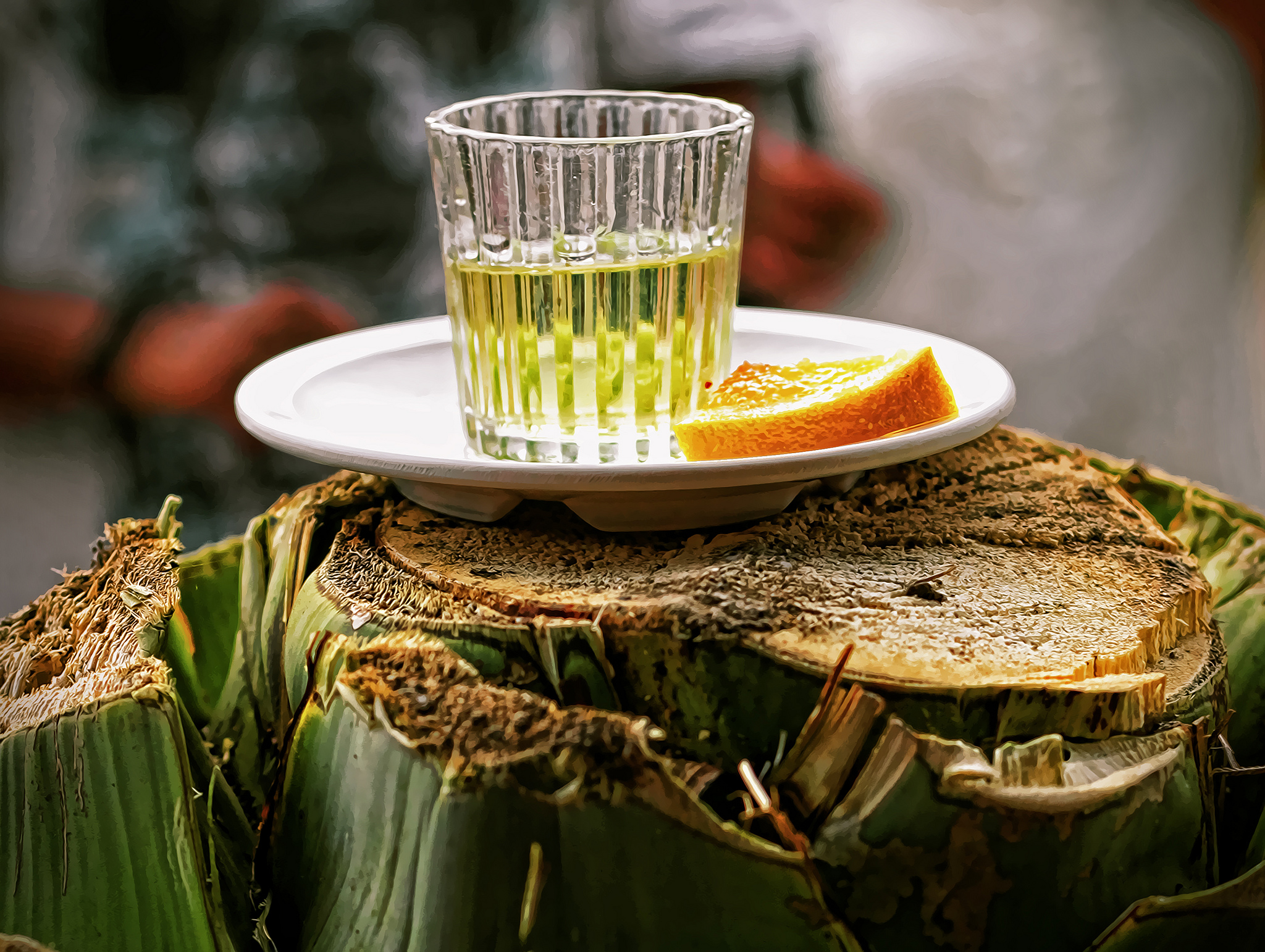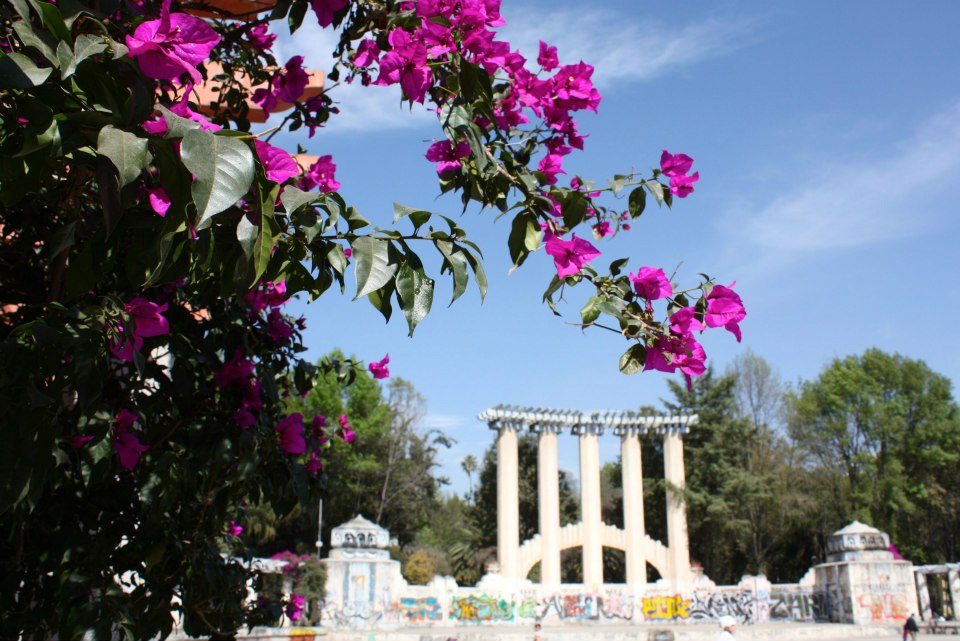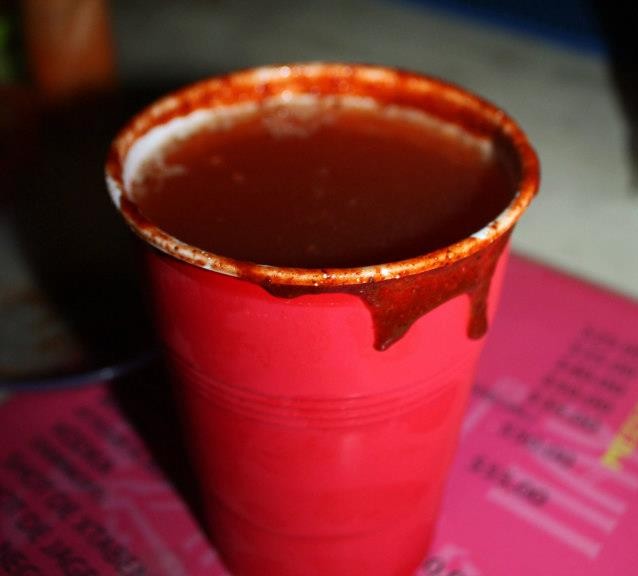Ultimate City Hacks: Mexico City

Sonia is a travel, lifestyle, and design writer and editor…
Mexico City is a budget traveller’s paradise. The largest Spanish-speaking country in the world is an historic city nurturing a progressive, artistic-focussed edge, delicious cheap food and activities aplenty. You’ll find a cacophony of barking dogs and honking cars, and a sprawling infinity of taco stands, colourful buildings and enticing smells. It is a city built on a lake that is currently sinking, one that showcases a wonderful blend of pre-Hispanic and European culture visible in the religion, food, architecture and art. Over 20 million chilangos (locals) and expats from around the world call this dynamic city home.

Part of its charm is that Mexico City manages to retain the infamous laid back Mexican attitude despite its sheer enormity. But that doesn’t mean if you act a fool people wont notice or even take advantage. So let’s skip that part by getting a handle on the megacity that has a little something for everyone.
#1 Get the name right
There’s a local idiosyncrasy every traveller should know before arriving: only tourists call Mexico City “Mexico City”. Do as the locals do and say “DF” (pronounced “deh effey” for Distrito Federal).
#2 Sip slowly

Tequila and mezcal (referred to as tequila’s smoky flavoured, older brother) are not the same tipples you slam back elsewhere, unless you’re after a surefire way to reduce your street cred to nada. Sip slowly, and if it’s a little much at first, suck at your orange slice for some sweetness.
#3 Take taxis
You’ve arrived at Benito Juarez International Airport and can’t wait a second longer than necessary for your first plate of melted cheese and pork. It’s helpful to know that while efficient and cheap, the metro won’t allow you on with suitcases. So, taxi!
In DF, it’s important to make sure that any taxi you get into is authorised. At both terminal exits you’ll see a sign a reading “TAXI” with men wearing yellow or reflective vests. A trip into the Condesa or Roma areas will set you back around $25AUD but this is the most you’ll have to pay for pretty much anything on your trip. On the streets, you can find sitios or stands throughout the city. At the sitio, authorised taxis (also known as Radio taxis) will pull into a white designated area. If you can’t find a sitio, have a café or bar call you a cab.
#4 Make the most of the Metro
While taxis are very reasonably priced and many locals use them, DF has an efficient metro system known for being one of the cheapest in the world. You can purchase a rechargeable card for 80 cents, which allows you to make as many changes as you like in one direction on the metro (as well as light rail or bus). A metro ride is the bargain price of 40 cents, leaving plenty of change for glorious street food.
#5 Know your neighbourhoods
So you know how to get around, but now where to go? DF has around 350 neighbourhoods or colonias, and below are a few areas worth checking out.
The bustling City Centre
The pulsating heart of DF and Mexico at large, the centro historico is alive with the constant buzz of daily commercial life. El Zocalo, or main square, is the meeting point for any major happenings in the city. It is incessantly active with performances, celebrations or protests. Flanked by the beautiful National Palace and striking cathedral, it is a great starting point to navigate the city. You’ll find a large Aztec temple complex, the Templo Mayor, casually nestled next to the Catedral Metropolitana. There is also the Opera House, a “Postal Palace” that puts your local post office to shame, and the highest concentration of galleries in the city. Taking a trip up to the 44th floor of the Torre Latino Americano offers 360 degree views of DF, along with the realisation that this truly is a megalopolis.
Casually cool Condesa
Heading northwest, Condesa is stylish and upmarket, with a slew of great dining, drinking, nightlife and boutique shopping options. Those options aren’t necessarily cheap, but it’s not likened to NYC’s West Village for nothing. There is a great Tuesday market, but on any day you can wander the streets and Parque Mexico or stop to have a latte al fresco, whiling the day into night without noticing (or caring).

Nestled next to Condesa is Chapultepec Forest (Bosque de Chapultepec), with green spaces, natural areas, a zoo and a lake. You really can find anything in DF, so naturally there’s an Austrian Castle too (which they used as the Capulet mansion in Baz Luhrmann’s Romeo + Juliet).
Hip and edgy Roma
Roma, specifically Roma Norte, is Condesa’s more alternative, hip neighbour. Organic-buying creatives and edgy, well-dressed chilangos and expats pack the many cafes, restaurants, bars and galleries from morning ‘til night. Or they ride their single speeds along tree-lined streets full of crumbling colonial casitas, Art Deco gems, striking street art, boutiques and parks. The weekend markets along the main drag, Alvaro Obregon, are also worth checking out, as is the Mercado Medellin for food.
Charming Coyoacan

South of the city, Coyoacan is steeped in a rich literary and artistic history. A place for artists, thinkers, and revolutionaries, this is where Frida Kahlo and Diego Rivera called home, along with Leon Trotsky (and their homes have been turned into museums you can visit). Coyoacan oozes charm and hosts an eclectic, hippie crowd. Its fiery, independent spirit still burns brightly, perfectly accenting the array of brightly coloured colonial-era homes, new age cafes and old school taquerias in the area.
#6 Street food saves you pesos
If you want a full gastronomical experience in DF without spending big, then street food is the key to a happy belly and wallet. It’s helpful to know that traditional tacos are made from corn, not flour. In fact, if you want a flour tortilla taco instead of corn it is listed on menus as a “gringa” (a “foreigner”) and, fittingly, charged at a higher price.

The best street food stalls are ones that have small crowds of people waiting at them, or look like there are locals eating there. If a stall is deserted or smells a little funny, avoid it. Order tacos al pastor (spiced pork on a spit, sliced into a corn tortilla with onion, coriander and a slice of pineapple) for around 85 cents; tlacoyos (torpedo shaped, corn based pockets stuffed with refried beans and topped with melted cheese and avocado); gorditas (literally “little fatties” or round pockets stuffed with meats, beans or vegetables and cheese); or tamales, (steamed pockets of corn dough with sweet or savoury fillings wrapped in banana leaves or cornhusks). Then there’s elote (fresh corn on the cob, rolled in cheese); quesadillas (folded pan-fried tortillas stuffed with melted cheese); tortas (Mexican sandwiches); chili-covered mango sweets, and so much more.

If you’re after a regional drink, a michelada should do the trick. it’s a beer-based Mexican Bloody Mary, made primarily of tomato juice, hot sauce, lime juice and beer. Salud!
#7 Give pulque a go
We’ve mentioned tequila and mezcal, but there is another agave-based drink regaining popularity in DF: Pulque. This fermented, 1000-year-old Aztec bevvy is frothy, bubbly, slightly sour and very trendy right now. Try it.
#8 Keep it low key with markets

DF is a city of markets and you can find fresh, local food at a fraction of the cost of restaurants in the very same neighbourhoods. They usually contain low key dining options with plastic tables and chairs serving the menu of the day (menu del dia) for under $6, including a drink and two or three courses. Markets are also where you’ll find a veritable bounty of street food vendors selling delectable bites, sweets or fresh juices for less than $2 a pop, but street food vendors can be found all over the city.
#9 Cheap Mexican museums
Mexico City boasts more museums than any other city in the world, and a bunch of fantastic galleries too. While many museums charge entrance fees, you’ll find most allow students free entry. There are some museums, such as Museo de la Ciudad de Mexico, and Museo Palacio Cultural Banamex that are free, and others like Museo Dolores Olmedo and Museo Nacional de Arte are free on certain days of the week.
The Museo Nacional de Antropologia in Chapultepec Park is the most visited in all of Mexico, and considering that adult entry is only $5 and students are free, it’s great value. Note that you’ll need a full day (or more) to appreciate all the history and beauty on offer.
#10 Ingest insects

Part of the reason we travel to foreign lands is to experience the thrill of the unknown, and when talking traditional DF cuisine, that unchartered territory may include eating insects. Three of the most popular are escamoles (ant eggs, usually cooked with garlic and butter and folded into warm tortillas), gusanos de maguey (crispy fried caterpillars) and chapulines (crunchy grasshoppers cooked with lime juice and salt and served as a bar snack).
#11 The UNESCO-listed university is seriously underrated
Going to university everyday in a UNESCO world heritage-listed site is reality for students attending UNAM (National Autonomous University of Mexico). Located in bohemian Coyoacan, impressive modern architecture contrasts complex murals on campus buildings by some of Mexico’s most important artistic figures, such as David Alfaro Siqueiros and (again) Diego Rivera. Best of all, it is entirely free to go, and there is an outdoor sculptural space and botanic garden to top it all off.
#12 Visit Frida’s house
While in the neighbourhood of the university, La Casa Azul (The Blue House or Frida Kahlo Museum) is nearby, the home of Mexico’s most famous artist Frida Kahlo. General entry is $7 during the week, so avoid weekends when the fee is higher.
#13 Galleries of street art are always free
With a proud tradition of public murals, you can expect a modern contingent in full effect. For an urban dose of street art, Roma and Condesa are a good place to start, with pieces by the likes of Curiot, Saner and Sego.
#14 Mucha Lucha

If you really want to get down in a local pastime, then brace yourself for the colorful and violent spectacle that is Lucha Libre, Mexican wrestling. The League fights on Tuesdays and Fridays at Arena Mexico and you can get your tickets for a fraction of the cost by foregoing a tour company or buying online. Head to the ticket booth out front (watch out for scammers) where a mid-range ticket should set you back around $7.20 as opposed to the $25 you’d pay with a company. If that’s still more than you’re willing to pay for the experience, then there’s an option for you too: Sunday fights at the smaller Arena Coliseo are generally a cheaper affair.
#15 Take yourself to Teotihuacán
In a similar vein, taking a tour bus to the nearby incredible Aztec ruins Teotihuacán can be expensive and heavily focussed on the gift shop. To experience it for only a fraction of the price, catch the Metro to Autobuses del Norte and catch a local bus from gate 8 – they leave every 20 minutes. Just say “piramides” at the ticket booth and you’ll be fine. The huge site fills up, so head there early and take your time.
(Lead image: Taryn Stenvei)
Sonia is a travel, lifestyle, and design writer and editor who lives for sharing a personal rec. See what she's up to @literallysonia.








